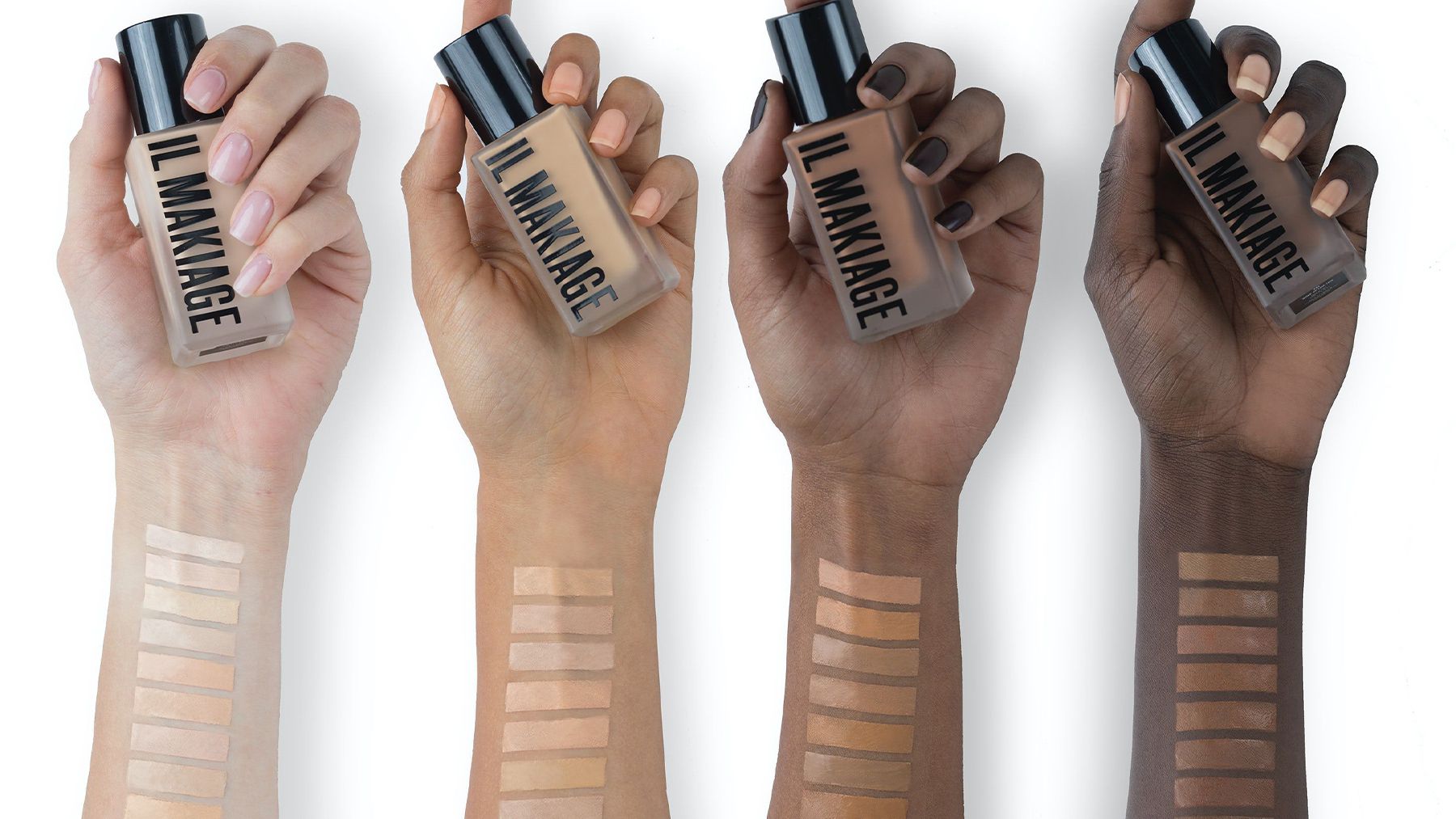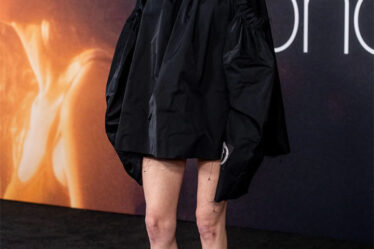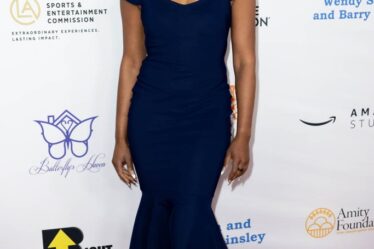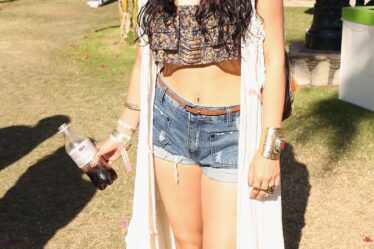
On Wednesday, Oddity Tech, the Israel-based parent company of makeup brand Makiage and Spoiled Child, a skin care line, started trading on the Nasdaq under the symbol ODD.
Shares ended the day at $47.53, a three percent decrease from an opening price of $49.10, 40 percent higher than the $35 per share price set Tuesday (which was an increase from the expected range of $32 to $34 per share). Oddity raised a total of approximately $424 million and closed the day with a market capitalisation of $2.69 billion. On Monday, the company updated its target valuation to $1.92 billion, up from $1.6 billion.
Olaplex and Nykka, an Indian beauty e-commerce platform, were the last big beauty initial public offerings — back in October 2021 — before activity in the space came to a halt amid less-than-ideal economic conditions. Both shares have dipped significantly since their debut, becoming a cautionary tale of sorts for beauty brands looking to go public.
But analysts say we’re about to see an influx of IPOs in the category — sources say public listings for Harry’s and Function of Beauty could be in the future — as more beauty companies reach a scale that makes them viable for trading. For Oddity, “it’s the tech that’s the moat here, rather than the brand,” according to Jean-Marie Gianni, managing director at Oppenheimer & Co. Artificial intelligence powers Il Makiage’s shade matching tool and an e-commerce site allows you to shop by product or via an influencer platform with dating app-esque swiping functionality.
Although Oddity’s brands have self-defined in the past as “tech-first,” chief executive officer Oran Holtzman told The Business of Beauty Wednesday that “it was never about tech.”
“Technology was never the goal — the goal was to be able to put the right products in happy customers’ [hands]. In order to do it, we needed to develop technology because no one did it before us,” Holtzman said. “If you ask me what we are more [about] today, yes, we are more tech because more than 40 percent of our headcount is on the tech team.”
The company is extremely well-funded. Last year, Oddity raised $130 million from Thomas Tull, Fidelity’s investment arm, Franklin Templeton and First Light Capital Group. In 2017, L Catterton put $29 million into Il Makiage to fuel its US expansion. In 2022, Oddity’s sales totalled $325 million.
Oddity stands out in an industry where various technologies, and the reception to these technologies, have been lacklustre. Mostly, digital tools, virtual try-ons and filters have felt more novelty than something one might actually turn to on a regular basis to enhance their shopping experience.
But in Oddity’s case, with so much emphasis on technology, beauty feels like an afterthought — which could be problematic for a company that’s in the business of making and selling foundation and skin care. Oddity may have the best technology there is, but if it doesn’t focus on actually building brand DNA, then you don’t have successful beauty lines — you just have a technology company.
“There are longevity questions … as a public company, they will have to define their investor base because is it a beauty company or is it a tech company? That may hurt their share price at some point,” said Gianni.
Holtzman said that Oddity has accumulated a user base (an individual that has “interacted with our website and shared at least 50 unique data points with us”) of 40 million in the five years since Il Makiage launched. He declined to share the breakdown of users between the two brands.
Oddity’s successfully been able to convert its user base into paying customers. Currently, about 10 percent of this base has purchased products from either Il Makiage or Spoiled Child in the last 12 months. Holtzman declined to share what percent of sales came from each brand.
Oddity is taking steps to strengthen its beauty acumen.
The company recently turned its attention to R&D and formulation vis a vis the $76 million acquisition of biotech ingredients company, Revela in May. Oddity then invested an additional $25 million to create Oddity Labs so it could leverage Revela’s technology within its existing portfolio.
That still doesn’t solve for lack of cohesive brand narrative and clarity on who exactly the demographic is, especially for Oddity’s skin care brand, which looks and feels like a Gen-Z line but sells anti-ageing skin care for a customer who is considerably older.
Holtzman said that third and fourth lines are on the way. The third will “completely change the way people think about going to the dermatologist” with “medical grade” skin care and body care.
But timing is TBD — unless Oddity can’t keep up with its impressive year-over-year growth.
“Brands three and four are going to be ready to launch in 2025, but if we grow too much and we don’t need this extra revenue from new brands, maybe we’ll launch later in 2026,” Holtzman said.



